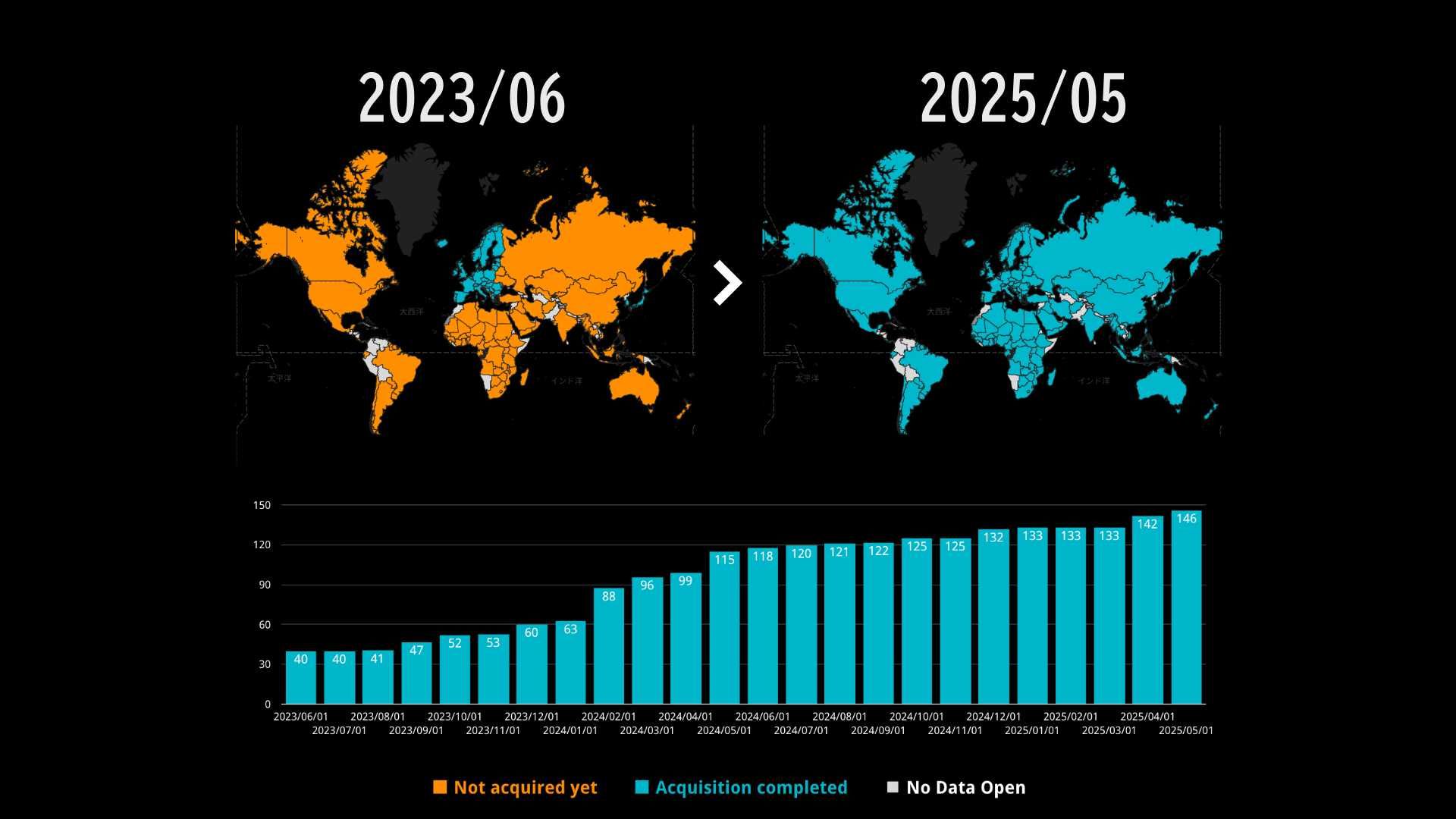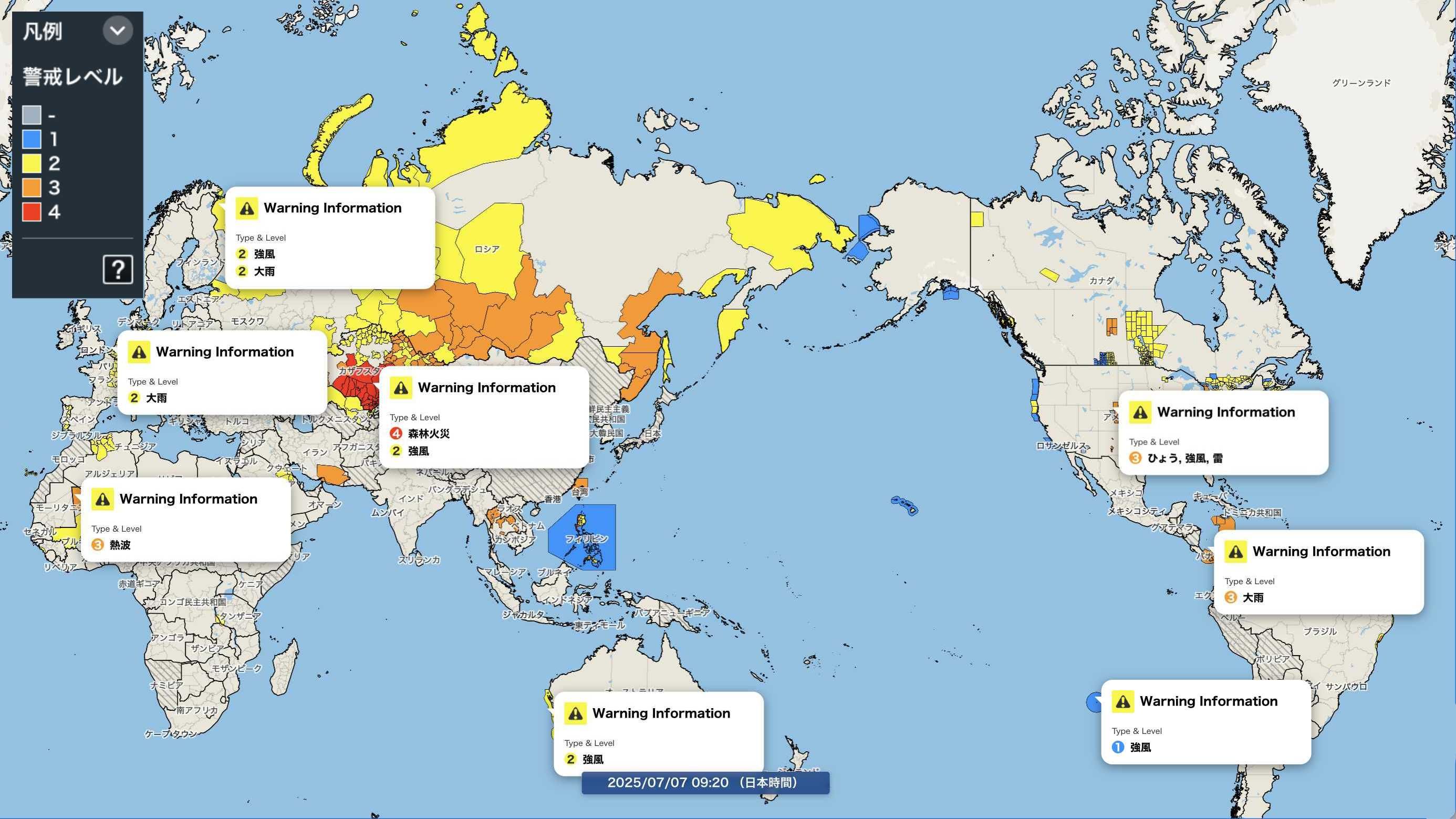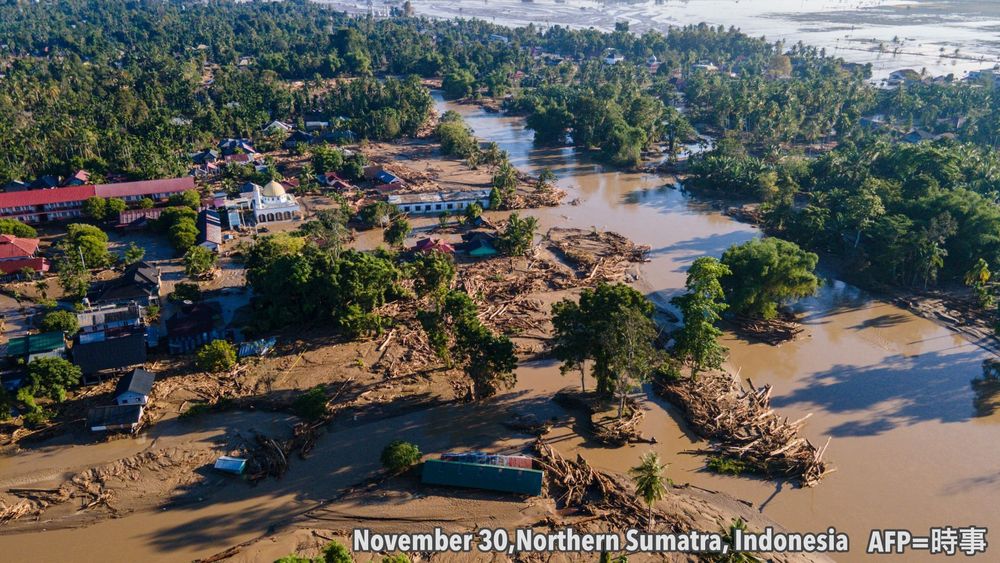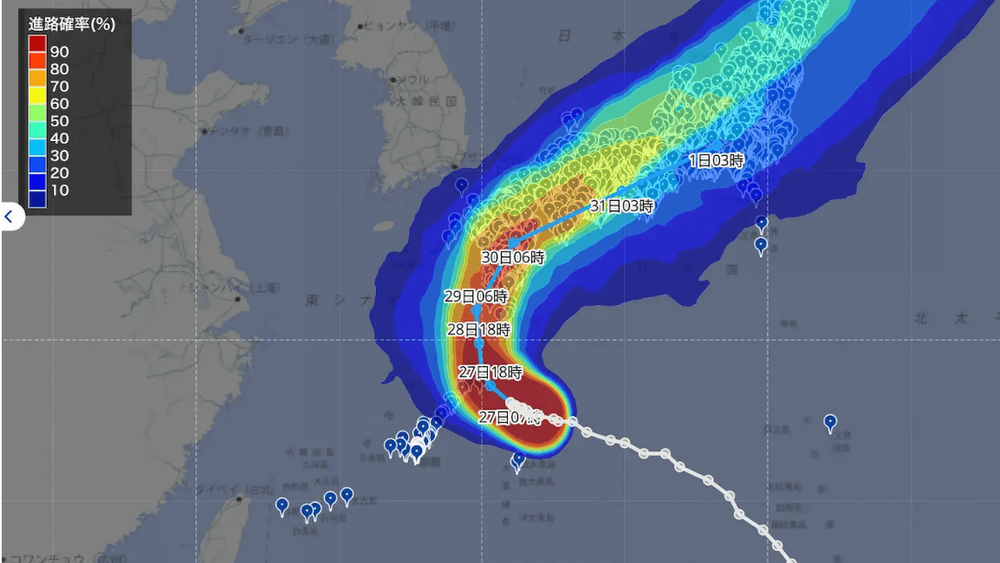July 17, 2025
Bringing Together Weather Warnings from 145 Countries We want to save lives from natural disasters—even if it's just one person
In 2023, Weathernews launched a specialized team to collect observational and warning data from around the world. This time, we spoke with Ms. Shoko Ishii from the Data Store Group about why Weathernews collects data globally and their efforts in developing services that utilize this data.
We want to protect the safety of more people and support global economic activity
Our focus on aggregating meteorological data not only from Japan but also from overseas goes beyond simply improving forecast accuracy abroad. In addition to our belief that "as a private weather company, learning about disasters from TV or online news is too late—we want to be a company that collects data ourselves and can always grasp the latest situation," we are driven by a strong sense of mission to deploy the high-precision weather forecasting technology we've cultivated in Japan globally and protect the safety of more people.
Furthermore, in recent years, corporate overseas expansion and globalization of supply chains have been advancing. Weather significantly impacts all industries—logistics, agriculture, energy, and more. By gaining detailed understanding of overseas meteorological data, Weathernews believes we can provide more accurate weather risk information and business continuity support to Japanese companies expanding overseas as well as local companies.
98% population coverage and quality-focused data management delivering highly useful information

Two years have passed since we launched this team, and we've been able to collect a substantial amount of data. In addition to meteorological data aggregated by the World Meteorological Organization (WMO), we've built direct communication channels and relationships with meteorological agencies in individual countries, enabling us to receive data that isn't submitted to international organizations. We now receive data from over 140 countries.
The types of data are diverse, including observational data such as rainfall and wind measurements, warnings issued by national agencies to the public, rain cloud patterns captured by weather radar, national meteorological models, and historical statistical data.
I'm responsible for aggregating warning data specifically, and the data we've collected has achieved a population coverage rate of 98%. However, as we've been gathering this information, a new challenge has emerged: the warning data formats from each country are completely inconsistent. For example, warnings issued around the world are published in each country's local language, making them readable only to those who understand that language. Additionally, since the risks that occur vary by country, there are warnings that exist only in specific nations—such as those for monsoons, droughts, and air pollution. In countries with thriving agricultural industries, there are even advisories specifically for sheep farmers.
Simply displaying the raw data we receive as content wouldn't be user-friendly—people wouldn't be able to distinguish which warnings are relevant to them. So we decided to reorganize the collected data into a standardized format. Specifically, we extract the necessary elements from weather warning data gathered from 140 countries worldwide and automatically categorize and tag them into approximately 40 types of warnings. We also remove any anomalous values discovered during the data processing.
When organizing the data format, we faced a language barrier. Initially, we collected several years' worth of data to understand the types of warning data issued around the world, but we struggled to accurately interpret the content. Furthermore, we planned to retranslate the organized data into as many as 56 languages for use as content. This translation work was extremely important because we aimed for expressions that would be natural and user-friendly.
We tried using AI machine translation to address these challenges, but perfect translation proved difficult, and many issues remained unresolved. However, Weathernews' employees from diverse nationalities were a tremendous help. I believe we were able to overcome this multilingual challenge through our colleagues' cooperation.
Weathernews provides weather information to people worldwide through our weather apps, websites, and corporate services, which have exceeded 48 million downloads. The data we've collected is managed in a format that's optimized for generative AI, with the intention of using it in features like our "Weather Agent" chat function, where AI answers weather-related questions. We'll continue focusing on content development so that even more people can make use of these services.
Working toward a world where everyone can quickly detect danger
This project has given me some important new insights. I've discovered that some weather warnings merely announce disasters that are already happening, without mentioning future risks or urging citizens to take action—and in some cases, these warnings are issued significantly after the disaster has already begun. Every time I encounter information like this, I find myself questioning whether we could improve the accuracy of these warnings, and whether they're actually reaching the people who need them.
Around the world, there are countries with less advanced forecasting technology than Japan, countries too poor to maintain agencies that issue warnings, and countries that do issue warnings but where citizens aren't receiving that information. As a private company, Weathernews has collected data, created forecasts, and delivered information to many people. It's frustrating to think that if we could leverage this technology and expertise, we might be able to reduce the number of people who die in natural disasters worldwide—even by just one person.
Moving forward, we want to continue collecting warning and observational data from around the world, managing it to high quality standards, and delivering it back to users as user-friendly content and highly accurate forecasts that can help keep everyone safe.


December 11, 2025
Unprecedented: Cyclone Develops in Malacca Strait as Indonesia and Thailand Face Record Rainfall
December 9, 2025
[20 Years of Weather Reports] The Journey and Future of a One-of-a-Kind Global Community

December 7, 2025
Will AI Revolutionize Typhoon Forecasting? Weathernews' Typhoon Experts Deploy Advanced AI Prediction Model